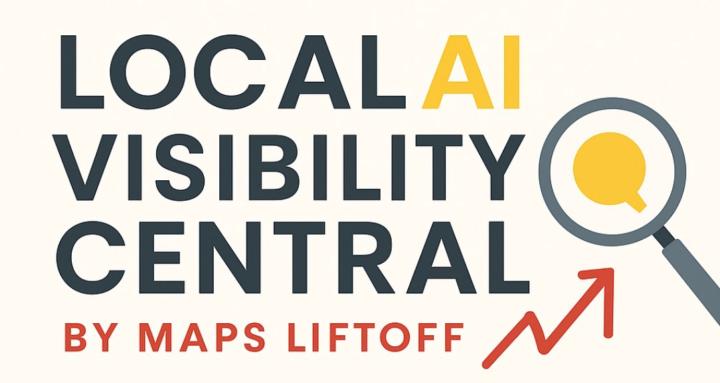Sep 15 • General discussion
What’s Going On in Search
Here’s what’s changing in Google Search right now, why it matters, and how to adjust.
1. The &num=100 Parameter Is Breaking
Google seems to be killing off support for &num=100 in search URLs. It used to let you see 100 results per page. Now? It’s inconsistent. Sometimes it works. Often it doesn’t.
Why care? Because rank trackers and scrapers use that trick to pull full search result sets. If that stops working, tools will need more requests just to get the same data. It could slow everything down or throw off impression counts.
Search Console is part of this too. When &num=100 was working, lower-ranked URLs were still getting “impressions” even if no one saw them. That inflated some reports. If those phantom impressions go away, impression counts may drop.
Learn more → https://brodieclark.com/the-great-decoupling-num100/
2. The “Impression Boom” Might Be Fake
If you’ve seen GSC impressions go up over the past year while clicks didn’t follow, you’re not alone. Some blamed AI Overviews. But it turns out those jumps may have just been tools and bots hitting the &num=100 parameter.
This changes how we interpret things. What looked like “Google killing traffic” might just be noise falling away.
The takeaway: impressions may drop. That’s not necessarily bad.
3. Google Is Cleaning Up the SERPs
There’s been a quiet update on the official Search blog. Google is aiming to “simplify” search result pages. That likely means fewer distractions, less clutter, and more visual consistency. Cleaner pages. Maybe fewer formats jammed together.
No clear timeline or examples yet, but when they say “simplify,” they usually mean something noticeable. Worth watching.
4. Updated Quality Rater Guidelines (Again)
Google updated its Quality Rater Guidelines. The changes cover AI Overviews, YMYL definitions, and added examples.
If you work in health, finance, or anything Google considers “sensitive,” read this. They’re tightening expectations. AI Overviews are also getting more explicit scrutiny now.
No direct ranking change is tied to this, but these guidelines often signal what’s coming next.
5. GA4 Engagement Benchmarks Are Out
New GA4 engagement benchmarks just dropped. Siegemedia analyzed 300+ sites and shared what “normal” looks like now.
If your bounce rates, time on page, or engagement scores feel weird, this gives you a reference point. It also breaks down by page type—homepage vs blog vs pricing page—and by industry.
Nothing too surprising, but it’s helpful to know what “good” looks like.
What This Means for Us
- Expect some metrics to shift. Impressions may go down. That doesn’t mean you’re losing. It means some noise is clearing.
- If you rely on SEO tools, test and adjust. Their rank tracking accuracy may dip for long-tail terms or deep URLs.
- Push for content that solves problems clearly. Fewer pages shown = less room for fluff. Better UX and faster satisfaction matter more now.
- If you’re in YMYL, tighten up. Make sure content is trustworthy and easy to verify. Pay close attention to how AI Overviews summarize your content.
- Measure real engagement. Scroll depth, time on page, CTA clicks. Don’t rely only on impressions anymore.
Bonus:
Google now has an official Search Status Dashboard.
If you’re ever wondering, “Is it just me, or is Google broken today?”—check here first.It won’t show every bug or ranking swing, but for major disruptions, it’s a reliable source.
Status page → https://status.search.google.com/
Word Count ≠ Content Quality
Google has said this before, but they’ve started saying it louder: word count doesn’t equal quality.
The “thin content” label isn’t about how short something is. It’s about whether it solves the user’s problem. Whether it has depth. Whether it answers what the query actually means—not just what it says.
So if you’re still chasing 1,500-word blog posts because some SEO plugin told you to? You’re behind.
Google’s view of “unhelpful” or “thin” content now includes:
- Articles that summarize what’s already out there, with no added clarity or value
- Pages written to match keywords, not intent
- Content that buries answers under SEO fluff
- Text that’s technically accurate but hard to trust, unclear, or boring
Real content strategy now starts with the question: “What does this person need help with?” If you can answer that faster and better than competitors, your content wins—even if it’s 300 words and has no H2s.
If you're measuring by word count, you're not measuring at all.
3
2 comments

skool.com/mapsliftoff
From Maps Liftoff, Brian Willie & Michael Clay. Master Local AI-driven visibility and get found everywhere.
Powered by





